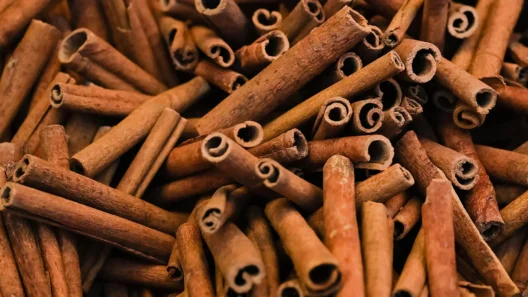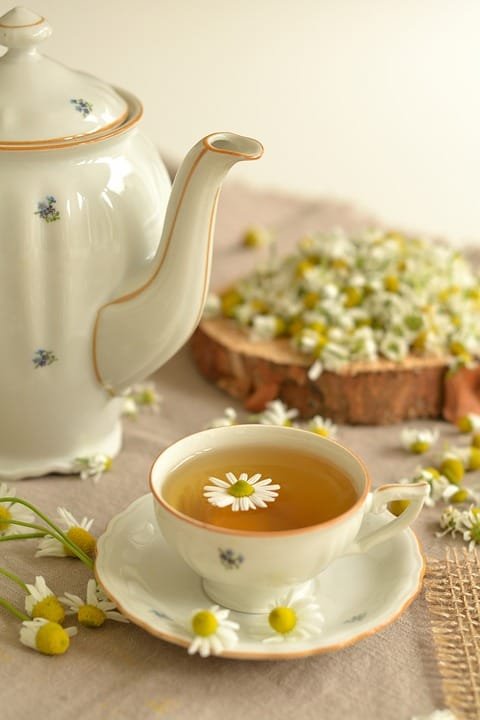As we progress into 2025, many households still turn to ancient rituals not only for spiritual comfort but also for a sense of protection and well-being. This article delves into traditional Indian practices—mantras, yantras, amulets and blessings—through the eyes of spiritual experts, and considers how these rituals can complement modern life.
## The Power of Mantras and Chants
– Across the Vedas and Puranas, mantras are described as sound formulas that connect the chanter with divine energies. The **Mahamrityunjaya Mantra**, associated with Lord Shiva, was recited by the sage Markandeya to triumph over death. Spiritual teachers recommend chanting this mantra for health and protection.
– The **Ram Raksha Stotra** and **Gayatri Mantra** are also widely used to invoke courage and clarity. Experts emphasize that proper pronunciation and a pure heart amplify their impact.
## Yantras and Sacred Symbols
– **Yantras** are geometric diagrams used as tools for meditation and energy alignment. The **Shree Yantra** represents the goddess Lalita Tripura Sundari and is believed to attract prosperity and ward off negativity.
– The **Baglamukhi Yantra** is used for protection against adversaries. According to priests, installing and worshiping these yantras in a clean, sacred space—preferably after consulting a knowledgeable guru—ensures they radiate positive vibrations.
## Protective Amulets and Rudraksha
– **Rudraksha beads**, said to have sprung from Lord Shiva’s tears, are revered for their protective qualities. Wearing a five-mukhi rudraksha mala is thought to lower stress and stabilize the mind.
– People also wear **navratna** (nine-gem) bracelets or threads blessed in temples. Each gem corresponds to a planet in Vedic astrology, harmonizing cosmic influences. It’s important to source these amulets ethically and have them consecrated.
## Blessings, Ritual Fasts and Pujas
– Spiritual experts stress the importance of receiving blessings from qualified gurus. Simple rituals such as lighting a ghee lamp before deities, reciting the **Hanuman Chalisa** on Tuesdays, or performing a **Satyanarayan Puja** at home can create a protective aura.
– Observing vrats (fasts) on auspicious days like **Mahashivaratri**, **Navaratri**, or **Ekadashi** is believed to purify the mind and body. These observances are described in stories from the Mahabharata and Skanda Purana and teach discipline and devotion.
## Integrating Rituals with Modern Wellness
– Spiritual healers note that rituals should complement, not replace, medical care. The intent behind the practice and one’s lifestyle choices—diet, sleep, and exercise—play a crucial role in overall health.
– Engaging in mindfulness, charity, and ethical living (following **dharma**) reinforces the protective effects of rituals. As with any spiritual practice, results vary; seekers are encouraged to approach rituals with respect and realistic expectations.
### Conclusion
Ancient Indian rituals offer a rich tapestry of practices aimed at nurturing both body and spirit. By consulting knowledgeable gurus and combining these traditions with healthy living, individuals can cultivate resilience and serenity. Ultimately, protection arises from a harmonious balance of faith, intent, and practical actions.








